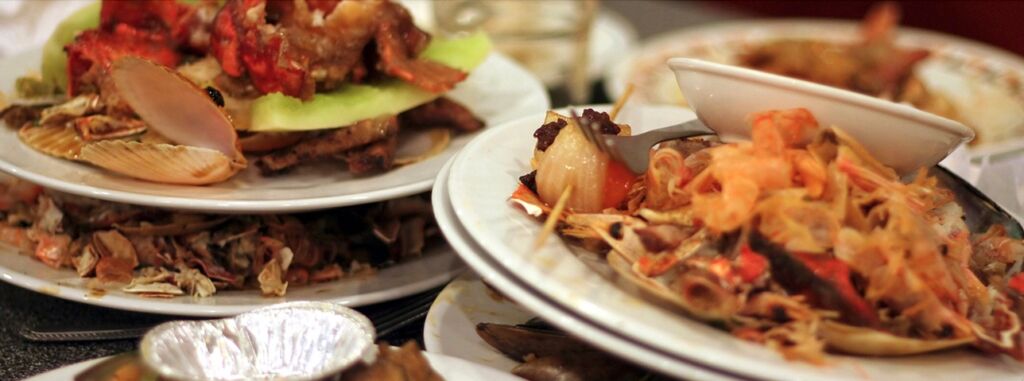July 29, 2021
How to Reduce Food Waste in Restaurants
Restaurants are no stranger to food waste, not only does it mean a loss of profits but also a huge problem for the environment. The food waste problem is growing in America, as landfills collect more food waste than any other material.

Restaurants are no stranger to food waste, not only does it mean a loss of profits but also a huge problem for the environment. The food waste problem is growing in America, as landfills collect more food waste than any other material.
Top companies in manufacturing, retail and restaurants have come together under the FWRA with a pledge to cut food waste in half by 2030. Their approach is to prevent, donate and recycle. That is, prevent wasting of food, donate unused food and recycle waste.
One of the top incentives for restaurants to reduce food waste is cost savings. It’s reported that the industry loses $2 billion dollars in profits from food waste alone. Controlling and preventing food waste can be one of the biggest cost-savings for restaurant owners. That’s because when food waste decreases, profitability increases.
Reduce food waste in restaurants with these solutions.
Conduct a Food Waste Audit
Start by conducting a food waste audit to best identify where your operation’s waste is coming from and ways to reduce it. The best way to reduce waste is to first understand where it is coming from and how much waste your business is producing.
Seek Food Waste Solutions
Now that you better understand what is being wasted, talk to your employees and brainstorm ways to improve. What sources are contributing the most waste in the kitchen? Why are certain items put in the trash? Can more items be recycled? Keep these questions in mind as you review the findings from your waste audit.
Break down your waste into these three categories:
- Pre-consumer waste – food that never leaves the kitchen (Example: Expired items, scraps, etc.)
- Post-consumer waste – food that is purchased but not consumed (Example: leftover French fries)
- Disposables – paper goods, plastic utensils, packaging from various items (Example: plastic straws and their wrappers)
Ways to Reduce Pre-Consumer Food Waste in Restaurants
Pre-consumer waste is one opportunity for restaurants to remedy their waste disposal. By optimizing the ordering schedule, storing items more effectively and with clear labels, and storing and prepping ingredients correctly, your restaurant can reduce waste. To do this:
- Evaluate inventory and ensure you aren’t over ordering
- Store perishable items properly at the correct temperature
- Donate food that is still safe to consume but will not be used in time
Ways to Reduce Post-Consumer Waste in Restaurants
Once food has left the kitchen, there’s not a ton that can be done. What your restaurant can do is ensure guests are presented with the necessary info they need for proper portion sizes. This helps them order the right amount. Ways your restaurant can improve this:
- Monitor portion sizes to serve the appropriate amount is served
- Track dish popularity and eliminate dishes that are not selling as well
- Encourage take-home boxes for leftovers
Use Alternative Waste Disposal Options
Consider composting food waste items to reduce the amount of waste going to landfills. Composting can be more cost-effective than other disposal methods and helps the environment too.
Recycling is by far the simplest and most environmentally friendly way to dispose of plastic, cardboard and glass (materials that restaurants often have large amounts of).
Small changes really can make a big difference. Implementing ways to reduce food waste in your restaurant each month will amount to a significant change in how much waste your restaurant produces by year’s end — and hopefully a substantial boost to your bottom line.
For more information on waste and recycling containers from Commercial Zone, visit www.commercialzone.com or call 1-800-782-7273.
